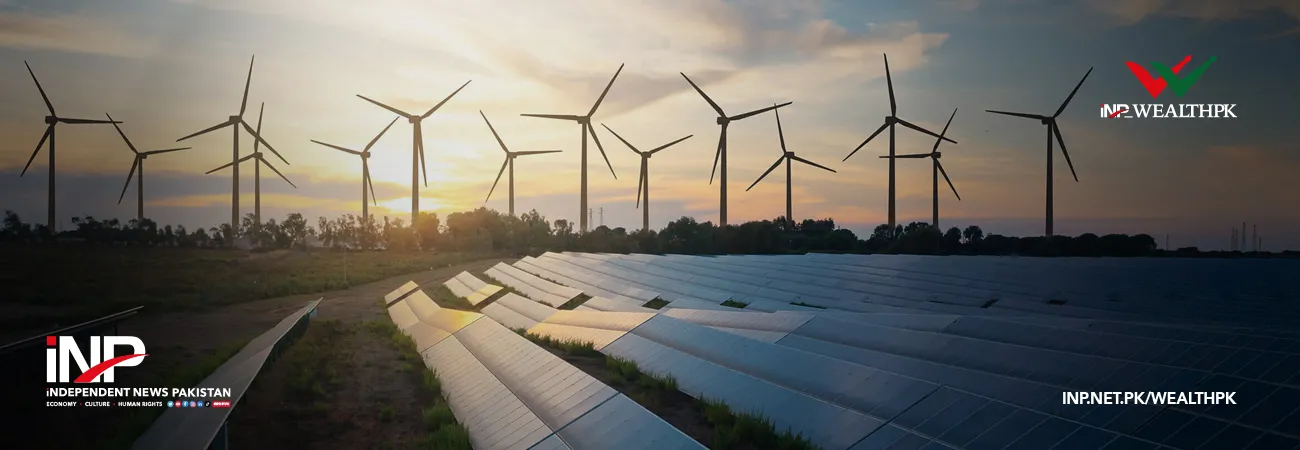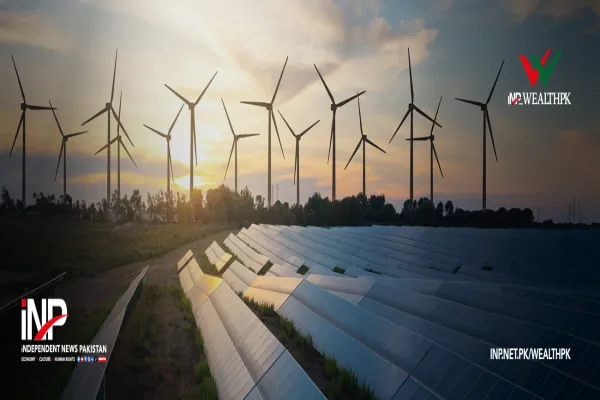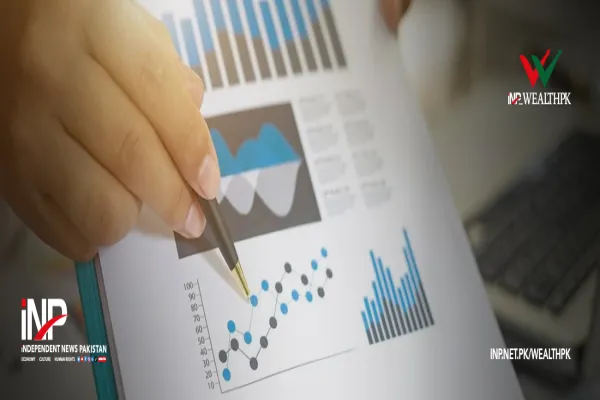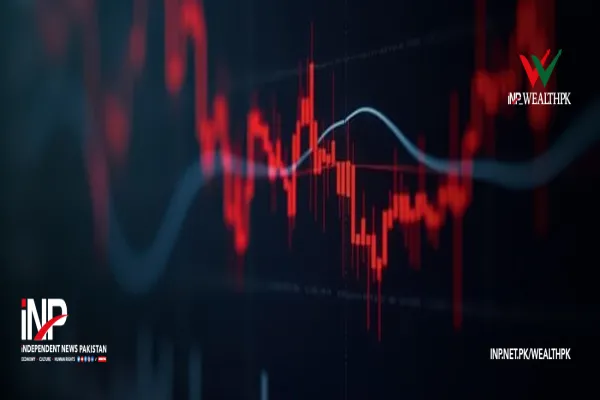i INP-WEALTHPK
Amir Saeed
Pakistan’s energy transition faces critical challenges due to outdated infrastructure, policy gaps, and financial constraints, threatening long-term sustainability and resilience, reports WealthPK.
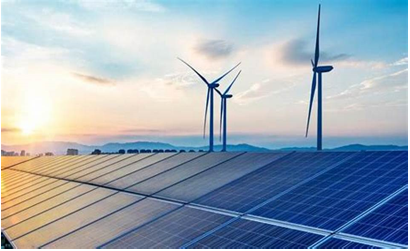
The country’s energy security remains under strain due to limited grid flexibility and lack of diversification, according to the World Economic Forum’s ‘Fostering Effective Energy Transition 2025’ report.
The report places Pakistan in the Middle East, North Africa, and Pakistan (MENAP) regional grouping, which recorded a slight dip in energy security in 2025. A key factor identified is the region’s limited grid flexibility and infrastructure investment, which continues to expose the energy systems to disruption.
Despite some equity improvements through solar expansion and subsidy reforms, Pakistan lags behind on system adaptability, particularly as rising electrification and digital demand put pressure on an already inflexible grid.
The report stresses that energy security now requires not only reliability and supply diversity but also adaptive capacity to handle shocks, especially as the global demand surges. Without urgent investment in grid modernization and diversification, Pakistan risks further erosion of its energy resilience.
Talking to WealthPK, Shafqat Hussain Memon, an energy researcher at the Mehran University of Engineering and Technology (MUET), opined that the World Economic Forum’s Energy Transition Index (ETI) 2025 provides a valuable framework for assessing how countries like Pakistan are navigating the evolving global energy landscape.
While Pakistan has made modest gains in access and clean energy adoption, the latest findings highlight a troubling reality: the country’s energy security is increasingly threatened by limited grid flexibility and lack of infrastructure investment, he added.
“Despite a slight improvement in its ETI ranking to 101st, Pakistan remains well below the global average, reflecting deep-rooted challenges that go beyond access and affordability. These inefficiencies, coupled with high tariffs and unreliable supply, continue to destabilize the system and perpetuate load shedding, not simply due to power shortages but because the grid cannot respond dynamically to a changing demand.’’
Pakistan’s ranking in the ETI has slightly improved to 101st in 2025, up from 113th in 2024, with a total score of 48.5, but still significantly below the global average of 56.9. The country’s system performance score of 55.5 suggests some progress in energy access and affordability, likely driven by rural electrification and subsidies.
“Although consumers are increasingly turning to solar solutions and net-metering systems, these positive trends cannot compensate for the grid’s structural weaknesses. Without urgent investment in grid modernization and diversification, Pakistan’s energy system will remain vulnerable to shocks, especially as electrification and digital demand rise,’’ Memon stressed.
“The policies that support smart metering, demand management, and integration of renewables are essential, and so as are financial instruments and innovation to drive local manufacturing and reduce reliance on imports,’’ he said.
He emphasized that the energy transition hinges on its ability to build a flexible, resilient grid. The stakes are high — macroeconomic stability, green jobs, and energy equity all depend on decisive action. What is needed now is not just ambition, but readiness and reform to secure the country’s energy future in an increasingly unpredictable world.
Credit: INP-WealthPk



